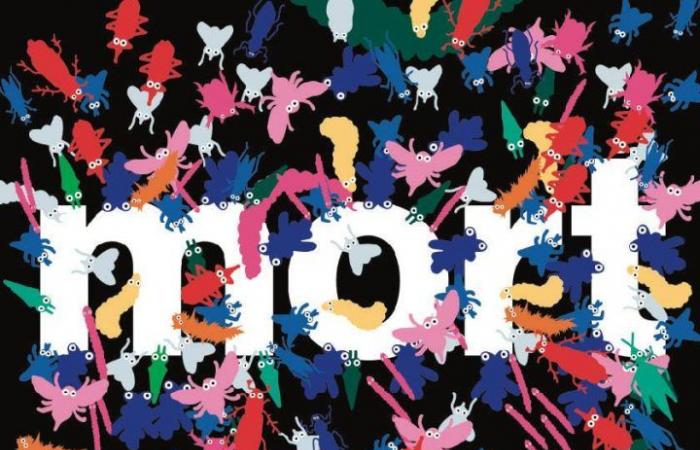This year, the Nancy Museum-Aquarium is highlighting a subject that is often delicate, sometimes worrying, and yet fundamental to human and animal life. In an approach that combines science, health, art and humor, adolescents and adults are invited to better understand death and to place our species in the cycle of life. On the program: a Death exhibition from April 13 to November 24, 2024 and programming throughout the season.
Death and its causes
Ø Predation – On one side: the predator, who must regularly eat other animals, and uses a hunting technique to do so. On the other side: the prey, who tries not to be hunted, and can therefore choose to flee or use a defense technique.
Ø Aging – Over the years, cells end up no longer being able to divide. Senescent cells then appear. These cells, damaged but not replaced, produce toxic residues for the body, which can generate pathologies.
Ø Diseases and accidents – Faced with diseases, humans develop three forms of response: avoidance (hygiene), protection (vaccination) and cure (treatments). Faced with accidents, humans develop public policies, often accompanied by prevention messages.
Ø What is longevity?
Average longevity: The average length of life that an individual of a species can expect to live.
Potential longevity: maximum lifespan that an individual of a species can live, under ideal conditions
Death and then what?
Ø Corpse management – For humans, the public will be able to do a simulation to personalize their burial with a choice of: coffin or urn. The opportunity to learn a little more about what happens to the body after death. For pets, this part will address the rights and prohibitions surrounding the body of our favorite companions.
Ø Body degradation – A space to learn everything about the evolution of the body after death: the decomposition process, the carbon cycle and the preservation of bodies. The public will then discover the necrophagous insects present on the Death poster and which participate in the decomposition cycle. They will learn more about their time of appearance and how they can help forensic scientists determine the date of death.
Ø What do we leave behind? From five stories imagined with the audience, everyone will discover what each character leaves behind. Whether it is children and grandchildren, memorable memories, the creation of clothes, scientific research or the making of herbal teas, each person will have left a trace for those who remain.
Practical information :
The Nancy Museum-Aquarium is open from mardi au Sundayof 9h à 12h then 2 p.m. to 6 p.m..
Closed on Mondays, the 1stis January, 1is May and December 25.
Entry fee






